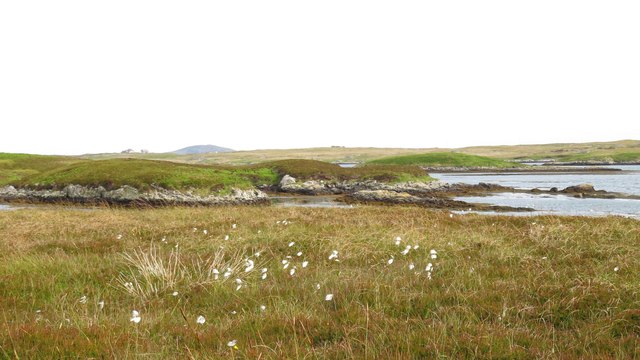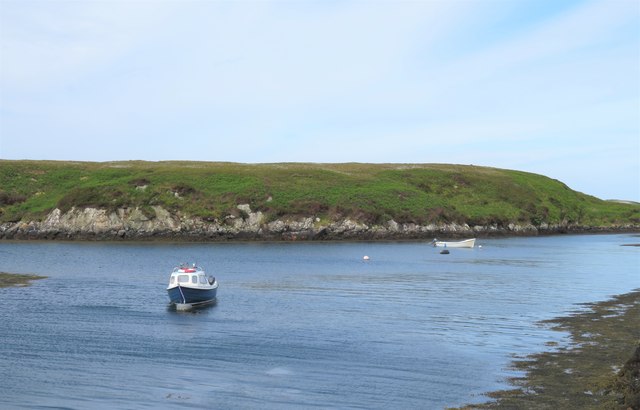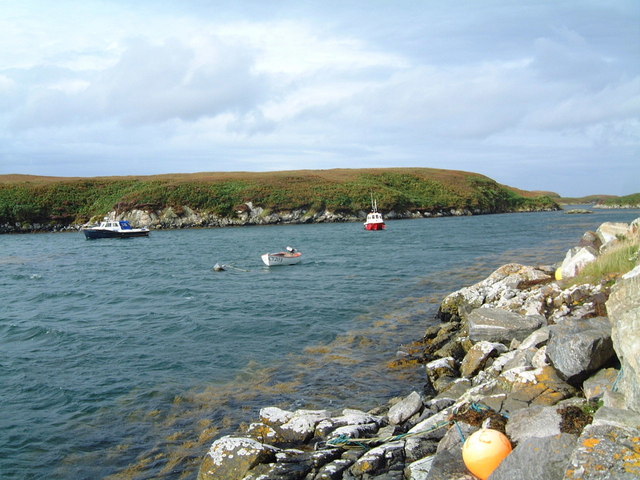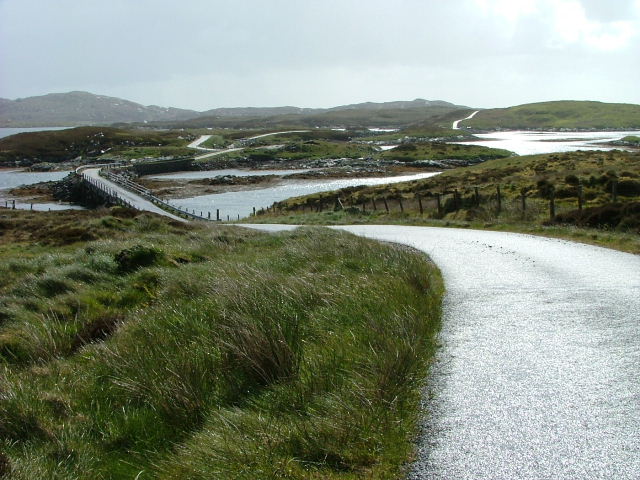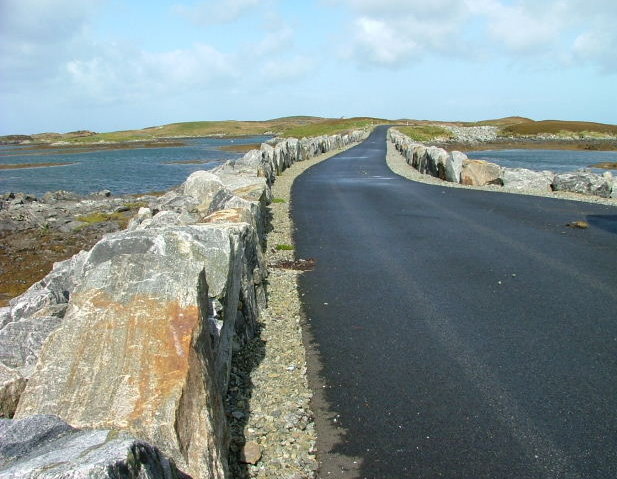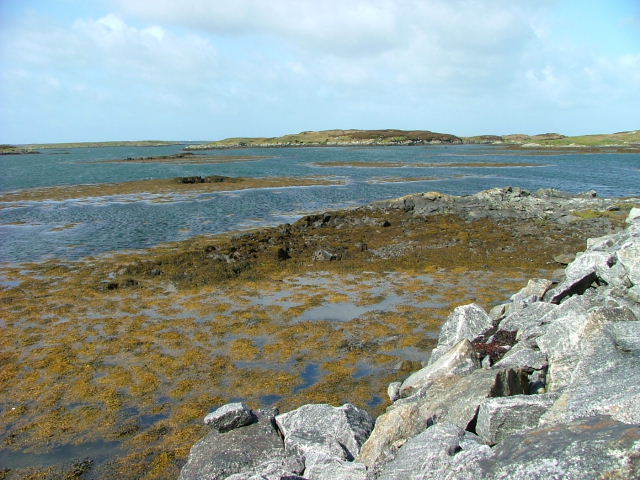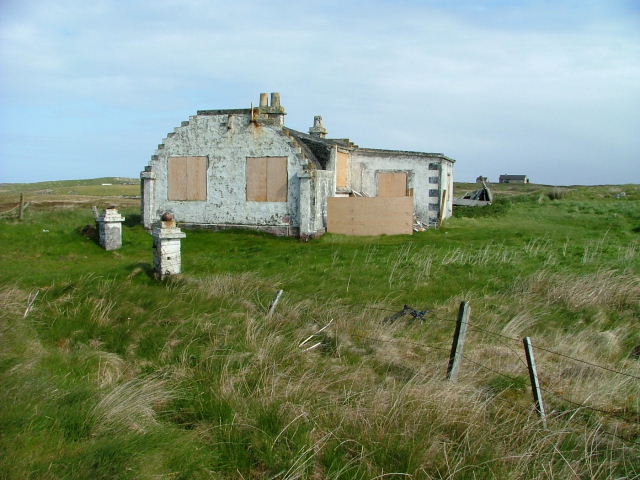Fodragaigh
Island in Inverness-shire
Scotland
Fodragaigh
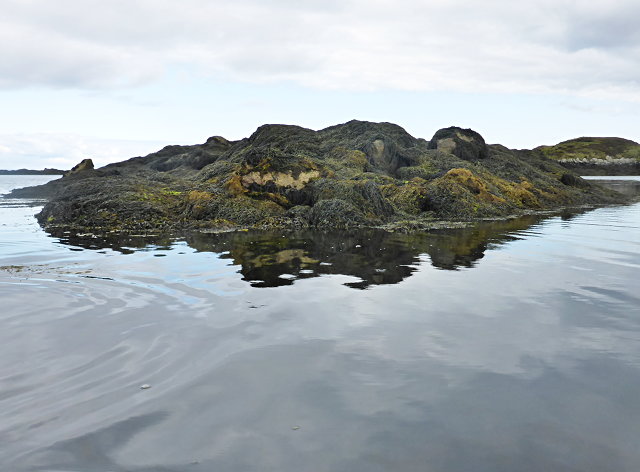
Fodragaigh is a small island located in Inverness-shire, Scotland. Situated in the western region of the Highlands, the island is enveloped by the vast waters of the Atlantic Ocean. With an area spanning approximately 2 square kilometers, Fodragaigh is known for its rugged and picturesque landscapes, making it a popular destination for nature enthusiasts and outdoor adventurers.
The island's terrain is characterized by rolling hills, heather moorlands, and stunning coastal cliffs that offer breathtaking views of the surrounding sea. Fodragaigh is also home to a diverse range of flora and fauna, including various bird species, seals, and occasional sightings of dolphins and whales.
Despite its small size, Fodragaigh boasts a rich history. The island is believed to have been inhabited since prehistoric times, with evidence of ancient settlements and standing stones found throughout the area. Visitors can explore these historical remnants, offering a glimpse into the island's past.
Due to its remote location, Fodragaigh provides a tranquil and secluded environment for those seeking solitude and relaxation. The lack of permanent residents and infrastructure adds to the island's untouched charm. However, it is important to note that visitors should come prepared with provisions, as there are no amenities available on the island.
Accessible by boat from the mainland, Fodragaigh offers a serene retreat for those wanting to escape the hustle and bustle of everyday life. Whether it be hiking along its scenic trails, observing the abundant wildlife, or simply soaking in the peaceful ambiance, Fodragaigh provides a unique and unforgettable experience for all who venture to its shores.
If you have any feedback on the listing, please let us know in the comments section below.
Fodragaigh Images
Images are sourced within 2km of 57.392688/-7.2577407 or Grid Reference NF8445. Thanks to Geograph Open Source API. All images are credited.
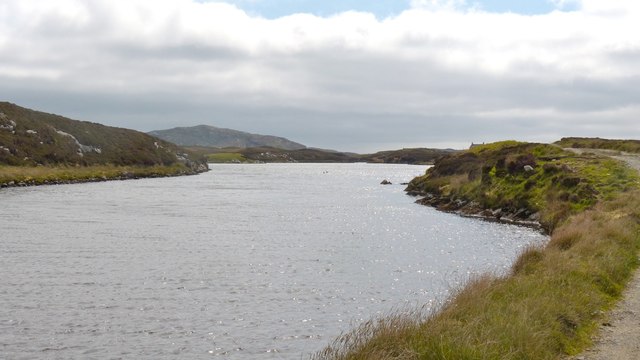
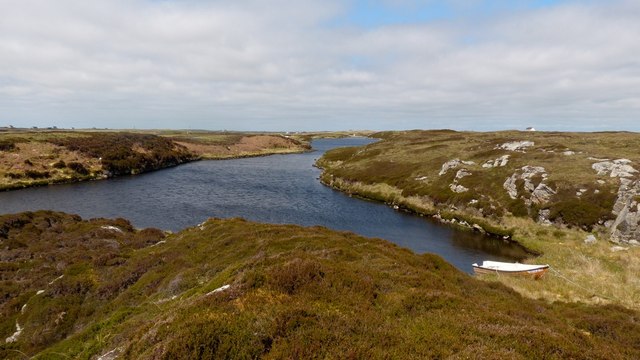
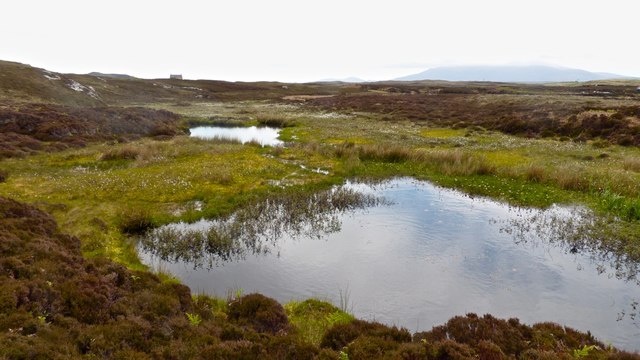
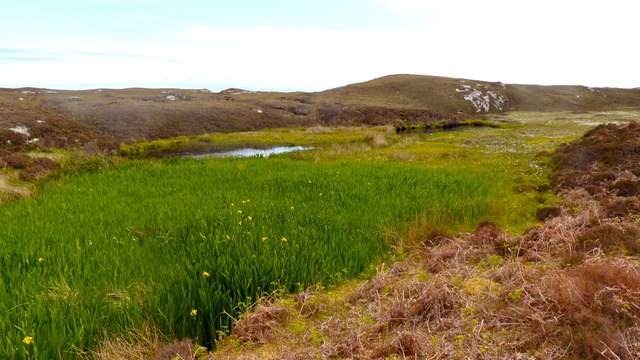
Fodragaigh is located at Grid Ref: NF8445 (Lat: 57.392688, Lng: -7.2577407)
Unitary Authority: Na h-Eileanan an Iar
Police Authority: Highlands and Islands
What 3 Words
///speedily.index.belts. Near Balivanich, Na h-Eileanan Siar
Nearby Locations
Related Wikis
Eilean na Cille
Eilean na Cille, south east of Benbecula is an island of the Outer Hebrides connected to Grimsay (South) by a causeway which carries the B891. The road...
Grimsay (South East Benbecula)
Grimsay, south east of Benbecula is a tidal island of the Outer Hebrides. It is connected to Benbecula by a causeway which carries the B891. In the 2001...
Wiay, Outer Hebrides
Wiay (Scottish Gaelic: Bhuia or Fuidheigh) is an uninhabited island in the Outer Hebrides. It lies south-east of Benbecula and measures approximately...
Eileanan Chearabhaigh
Eileanan Chearabhaigh is a collection of small uninhabited tidal islands off the south east coast of Benbecula in the Outer Hebrides of Scotland. The English...
Nearby Amenities
Located within 500m of 57.392688,-7.2577407Have you been to Fodragaigh?
Leave your review of Fodragaigh below (or comments, questions and feedback).
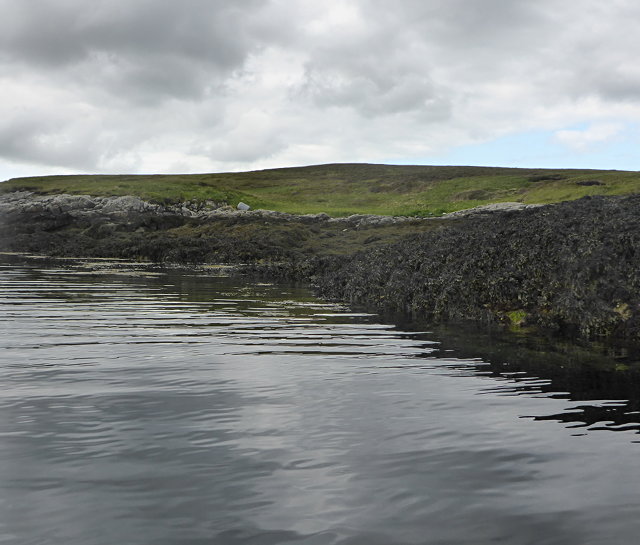
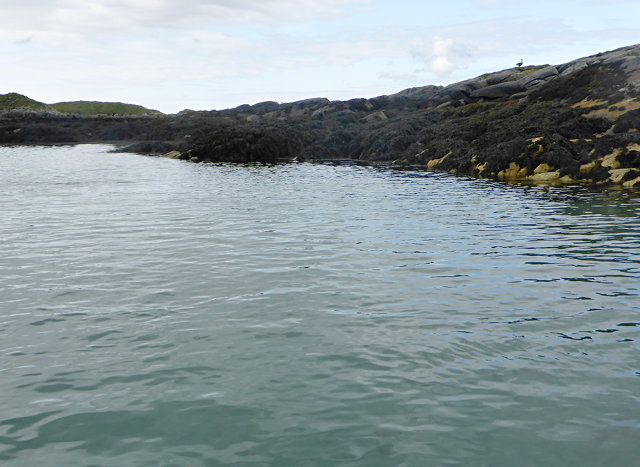
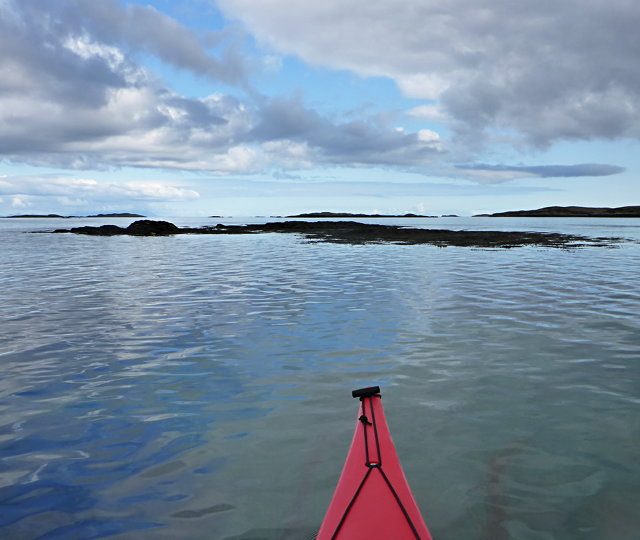
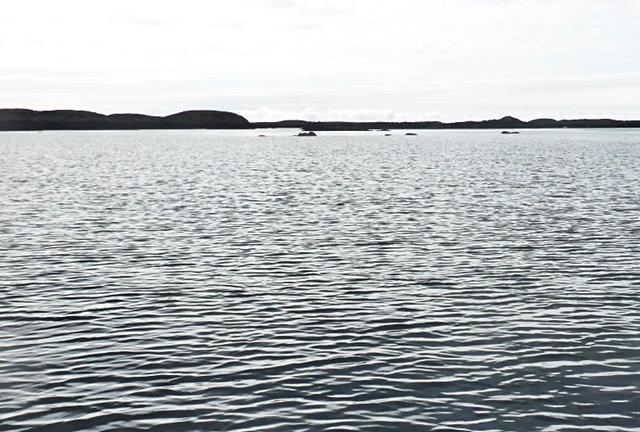
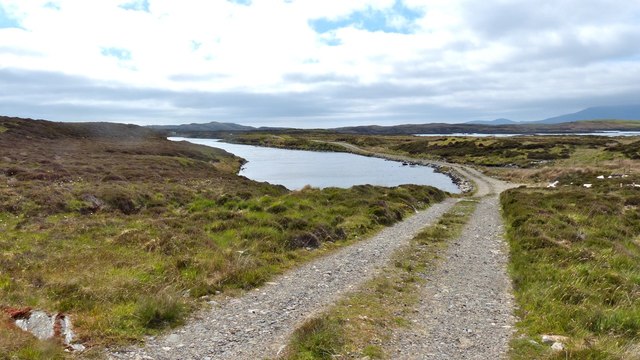
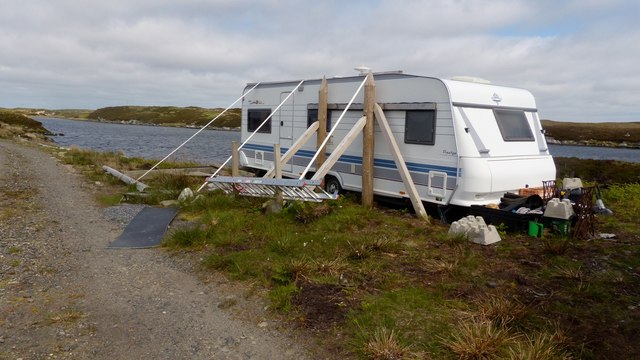
![Causeway by Loch Chill Eireabhaigh Compare with this similar view in 2008 [<a title="https://www.geograph.org.uk/photo/855856" href="https://www.geograph.org.uk/photo/855856">Link</a>].](https://s2.geograph.org.uk/geophotos/05/13/98/5139838_d0908f0c.jpg)
